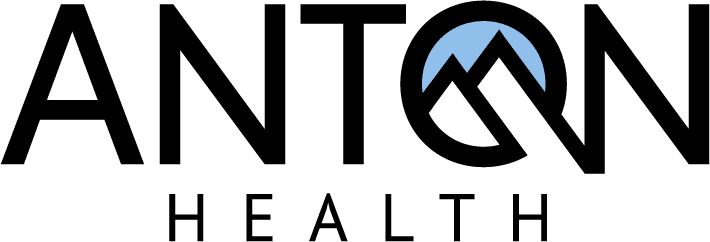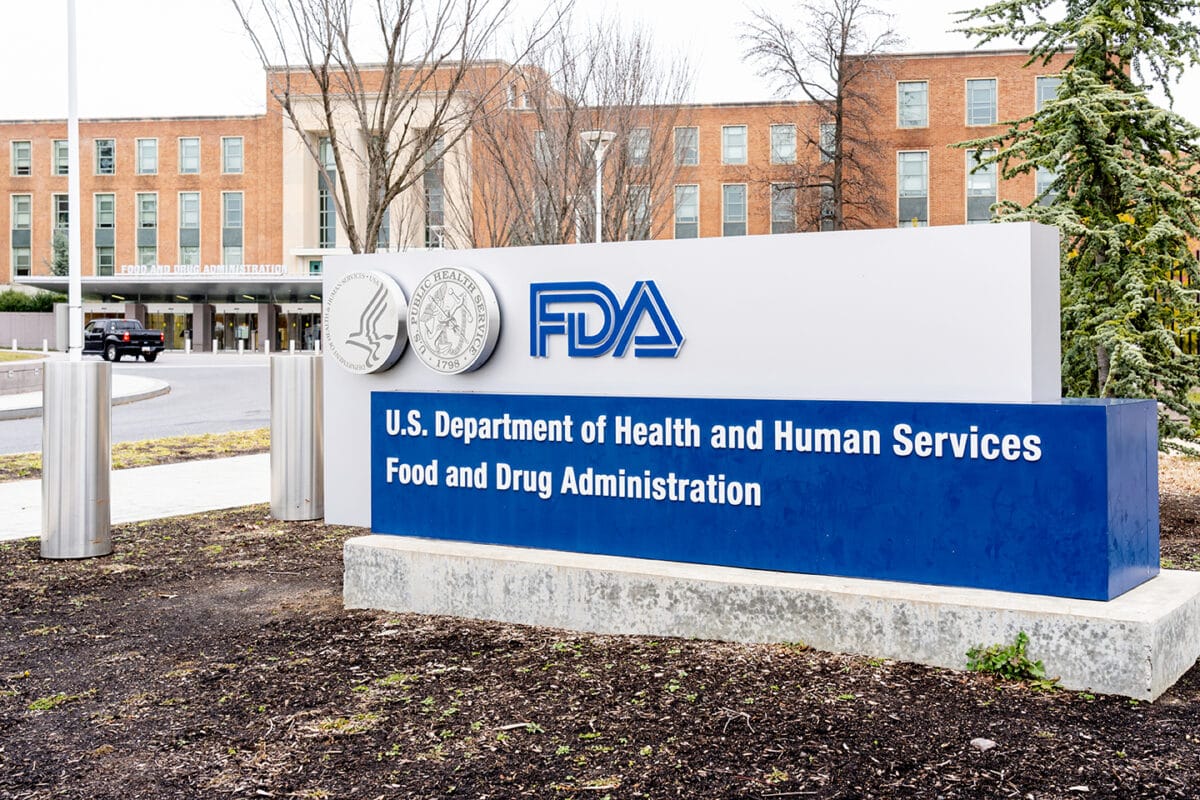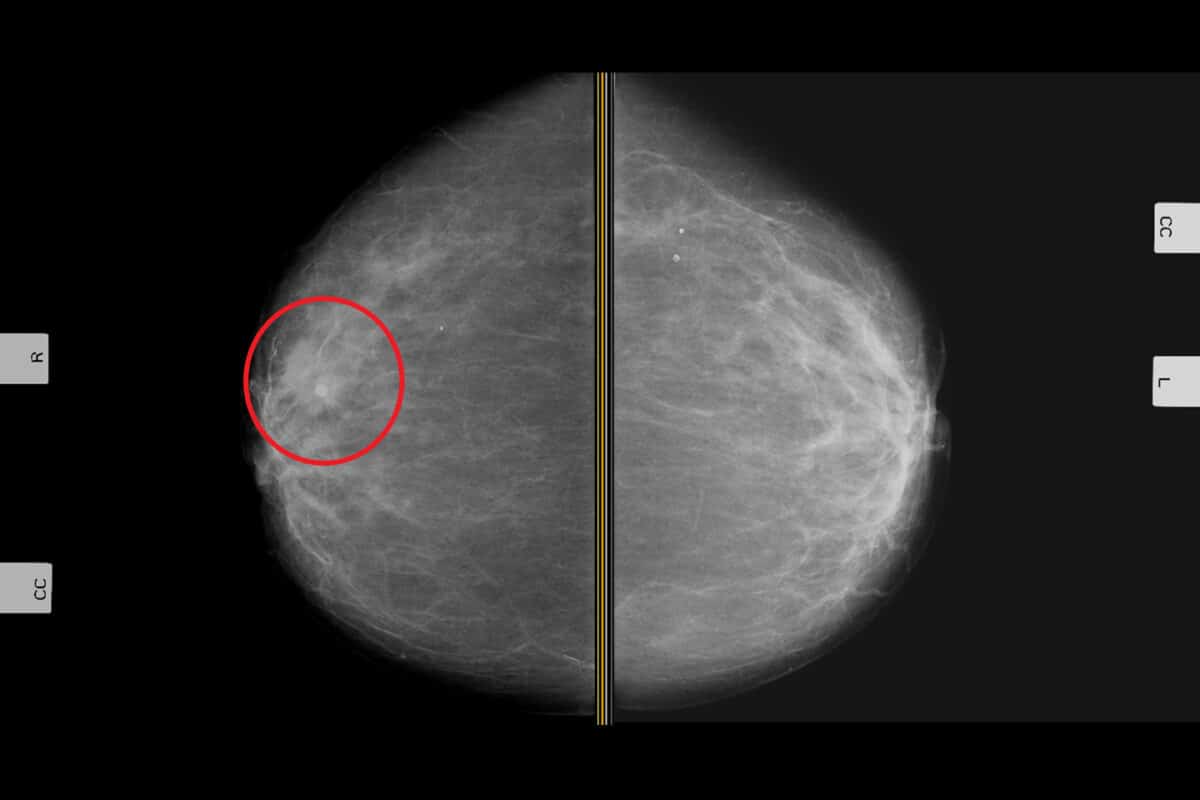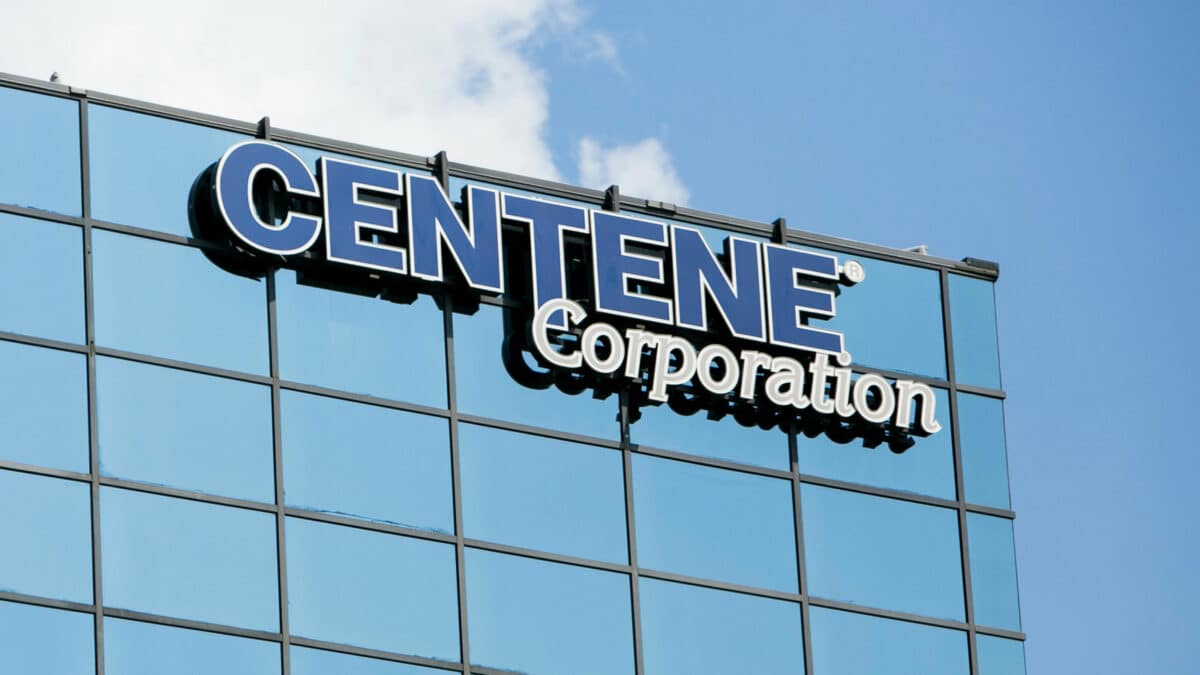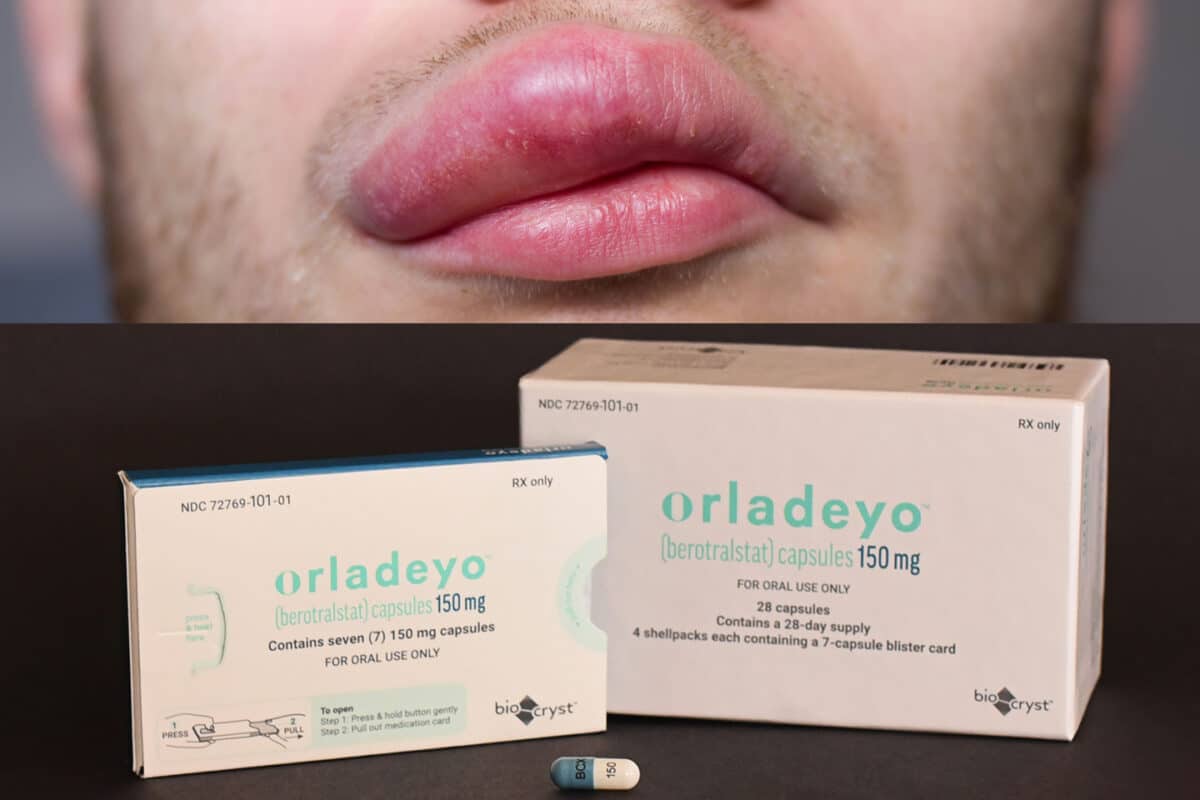We recently sent an RxReport detailing the FDA approval of Orgovyx as the last FDA approval in 2021. That was technically correct….. but there is one last approval that we’ll cover today that officially closes out 2020. Look for a detailed 2020 look-back next week.
Earlier in December the FDA approved another biosimilar, Riabni from Amgen, for Non-Hodgkin’s Lymphoma (NHL) and several related conditions. Riabni is an infused therapy and is Amgen’s fifth US biosimilar approval.
Riabni will join two other Rituxan biosimilars, Genentech’s Truxima (11/19) and Pfizers’s Ruxience (07/19). Riabni will launch in the U.S. this month.
Riabni is being priced at a WAC of $716.80 per 100 mg or $3,584.00 per 500 mg single-dose vial, 23.7% less than the WAC for Rituxan, 15.2% less than the WAC for Truxima and matching the WAC for Ruxience. This price is equivalent to a discount of 16.7% below Rituxan’s Average Selling Price (ASP). So much for those 30%+discounts promised years ago.
Specialty pharmacies again won’t be jumping for joy with this approval. First, Riabni is an infused therapy and, secondly, it will be readily available from both wholesalers and specialty distributors.
FDA Approves Amgen’s Riabni (rituximab-arrx), a Biosimilar To Rituxan (rituximab)
THOUSAND OAKS, Calif., Dec. 17, 2020 /PRNewswire/ — Amgen (NASDAQ:AMGN) today announced that the U.S. Food and Drug Administration (FDA) has approved Riabni (rituximab-arrx), a biosimilar to Rituxan® (rituximab), for the treatment of adult patients with Non-Hodgkin’s Lymphoma (NHL), Chronic Lymphocytic Leukemia (CLL), Granulomatosis with Polyangiitis (GPA) (Wegener’s Granulomatosis), and Microscopic Polyangiitis (MPA).
“The approval of Riabni represents an important milestone across our biosimilar and oncology portfolios,” said Murdo Gordon, executive vice president of Global Commercial Operations at Amgen. “Following the proven success of Kanjinti (trastuzumab-anns) and Mvasi (bevacizumab-awwb) in the U.S. marketplace, Riabni reaffirms Amgen’s long-term commitment to providing high quality biosimilars that can potentially offer more affordable, effective treatment options for cancer and other serious diseases and that contribute to the sustainability of healthcare systems.”
Riabni, a CD20-directed cytolytic antibody, was proven to be highly similar to Rituxan based on a totality of evidence, which included comparative analytical, nonclinical and clinical data, with no clinically meaningful differences in safety or effectiveness. The data package was composed of, in part, results from a pharmacokinetic (PK) similarity study and a comparative clinical study.
The randomized, double-blind, comparative clinical study evaluated the efficacy, pharmacokinetics (PK), pharmacodynamics (PD), safety, tolerability and immunogenicity of Riabni compared to Rituxan in subjects with grade 1, 2, or 3a follicular B-cell NHL and low tumor burden. There were 256 patients enrolled and randomized (1:1) to receive 375 mg/m2 intravenous infusion of either Riabni or Rituxan, once weekly for 4 weeks followed by dosing at weeks 12 and 20. The primary endpoint, an assessment of overall response rate (ORR) by week 28, was within the prespecified margin for Riabni compared to Rituxan, showing clinical equivalence. PK, PD, safety and immunogenicity of Riabni were similar to Rituxan.
Amgen has a total of 10 biosimilars in its portfolio, five of which have been approved in the U.S., and three that are approved in the European Union (EU).
About Riabni (rituximab-arrx) in the U.S.
Riabni is a biosimilar to Rituxan, an anti-CD20 monoclonal antibody. The active ingredient of Riabni is a monoclonal antibody that has the same amino acid sequence as Rituxan. Riabni also has the same strength as Rituxan, and the dosage form and route of administration are identical to the IV formulation of Rituxan.
Riabni (rituximab-arrx) is indicated for the treatment of adult patients with:
Relapsed or refractory, low-grade or follicular, CD20-positive, B-cell NHL as a single agent.
Previously untreated follicular, CD20-positive, B-cell NHL in combination with first line chemotherapy and, in patients achieving a complete or partial response to a rituximab product in combination with chemotherapy, as single-agent maintenance therapy.
Non-progressing (including stable disease), low-grade, CD20-positive, B-cell NHL as a single agent after first line cyclophosphamide, vincristine, and prednisone (CVP) chemotherapy.
Previously untreated diffuse large B-cell, CD20-positive NHL in combination with cyclophosphamide, doxorubicin, vincristine, prednisone (CHOP) or other anthracycline-based chemotherapy regimens.
